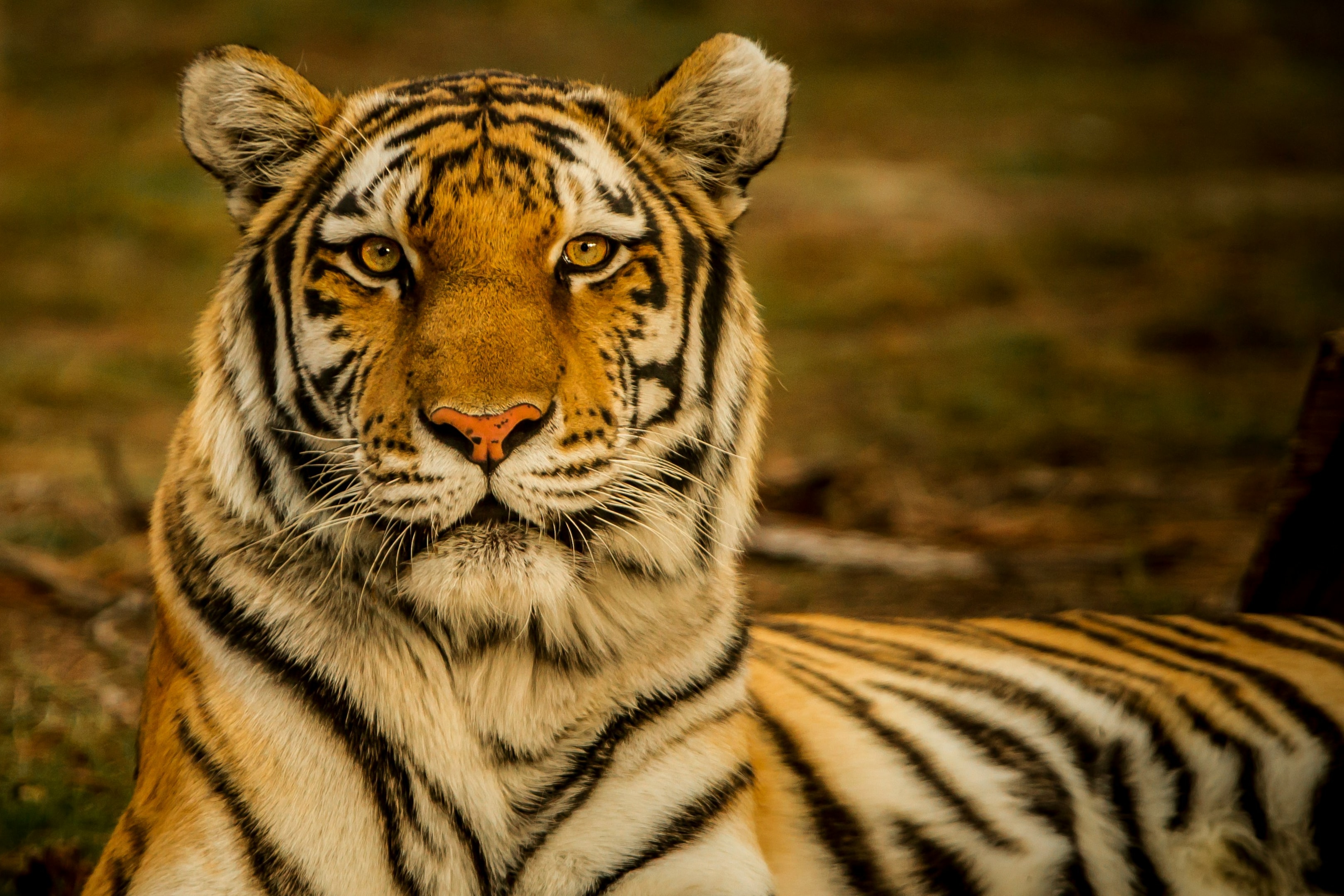2. Bangladesh emerged from Pakistan after 1971 independence
The British East India Company seized Bengal through the 1757 Battle of Plassey, beginning 190 years of colonial rule. Pakistan gained control of East Bengal in 1947 when British India’s partition created the country of East Pakistan, separated from West Pakistan by 1,600 kilometers of Indian territory.
Cultural tensions erupted into the Bangladesh Liberation War on March 26, 1971. Pakistani forces killed between 300,000 to 3 million Bengali civilians and drove 10 million refugees into India in 267 days.
India entered the war on December 3, 1971, bolstering the liberation fight. The Pakistani army surrendered 93,000 soldiers on December 16, 1971, establishing Bangladesh as an independent country.
Bangladesh adopted a parliamentary democracy in 1972. Military coups in 1975, 1981 and 1982 installed army rule until democratic elections resumed in 1991. As of December 2024, Bangladesh ranks 118th on the Economist Intelligence Unit’s 2023 Democracy Index report.
3. Bangladesh’s national animal is the Royal Bengal Tiger
The Royal Bengal Tiger is the national animal of Bangladesh. These tigers reside in the Sundarbans Mangrove Forest, but their numbers are endangered due to habitat loss and poaching.

>> LEARN MORE Fun Facts About India.
4. Bangladesh is the world’s most densely populated major nation
Bangladesh is the most densely populated country with more than 100 million inhabitants. All those people are packing into a space smaller than U.S. state of Wisconsin.
Dhaka is Bangladesh’s capital city and has 21 million residents. The city population grows by 500,000 people annually, making it one of the world’s fastest-expanding megacities.
As of 2024, the estimated populations of the world’s ten most populated countries are as follows:
- India: 1,450,935,791
- China: 1,419,321,278
- United States: 339,665,849
- Indonesia: 281,190,067
- Pakistan: 251,269,164
- Brazil: 216,801,569
- Nigeria: 232,679,478
- Bangladesh: 173,562,364
- Russia: 145,860,000
- Mexico: 133,993,277
5. Bangladesh has 6 seasons
The Bengali calendar has six seasons: Grishmo (summer), Barsha (monsoon, or rainy season), Sharot (autumn), Hemant (cool), Sheet (winter) and Bashanto (spring). The rainy season is essential for rice cultivation, the staple food and crop of Bangladesh.
6. The Bengali national cricket team reached international caliber in just 12 years
Cricket is the national sport of Bangladesh, and its national cricket team reached Test status in 2000.
Test status is the highest level of recognition for a cricket-playing nation. It’s granted by the International Cricket Council (ICC) and allows a country to play Test level matches, lasting up to 5 days per match. Only 12 countries in the world have Test cricket status.

Countries with Test level cricket status
7. Muslims make up the world’s third-largest Islamic population in Bangladesh
The Islamic faith became Bangladesh’s state religion in 1988, with Muslims making up 90.4% of its 156.6 million people. Only Indonesia and Pakistan have larger Muslim populations.
Bangladeshi Muslims follow primarily Sunni Islam of the Hanafi school. Religious festivals like Eid al-Fitr and Eid al-Adha are national holidays, with businesses closing for several days. One of the country’s most famous sites is Bagerhat, the Historic Mosque City in south-western Bangladesh.
While Bangladesh is a Muslim country, the constitution guarantees freedom of religion. Hindus comprise 8.5% of Bangladesh’s population, followed by Buddhists at 0.6% and Christians at 0.4%.
8. Bangladesh grows the world’s largest fruit as national symbol
Bangladesh named the jackfruit (Artocarpus heterophyllus) the national fruit and the mango tree is the national tree of Bangladesh.
A single jackfruit weighs 10 to 25 kilograms and grows up to 90 centimeters long, making it Earth’s largest tree-borne fruit.

Bonus Facts:
- Largest Mangrove Forest: The Sundarbans, spanning 4,000 square miles, is the world’s largest mangrove forest in Bangladesh.
- Independence: Bangladesh gained independence from Pakistan in 1971 after a brutal war.
- National Animal: The Royal Bengal Tiger is the national animal, found in the Sundarbans.
- Densely Populated: Bangladesh is the world’s most densely populated major nation.
- Six Seasons: Bangladesh has six unique seasons, vital for rice farming.
- Cricket Success: Bangladesh’s national cricket team achieved Test status in just 12 years.
- Large Muslim Population: Bangladesh has the world’s third-largest Muslim population.
- National Fruit: The jackfruit, the largest tree-borne fruit, is Bangladesh’s national symbol.






